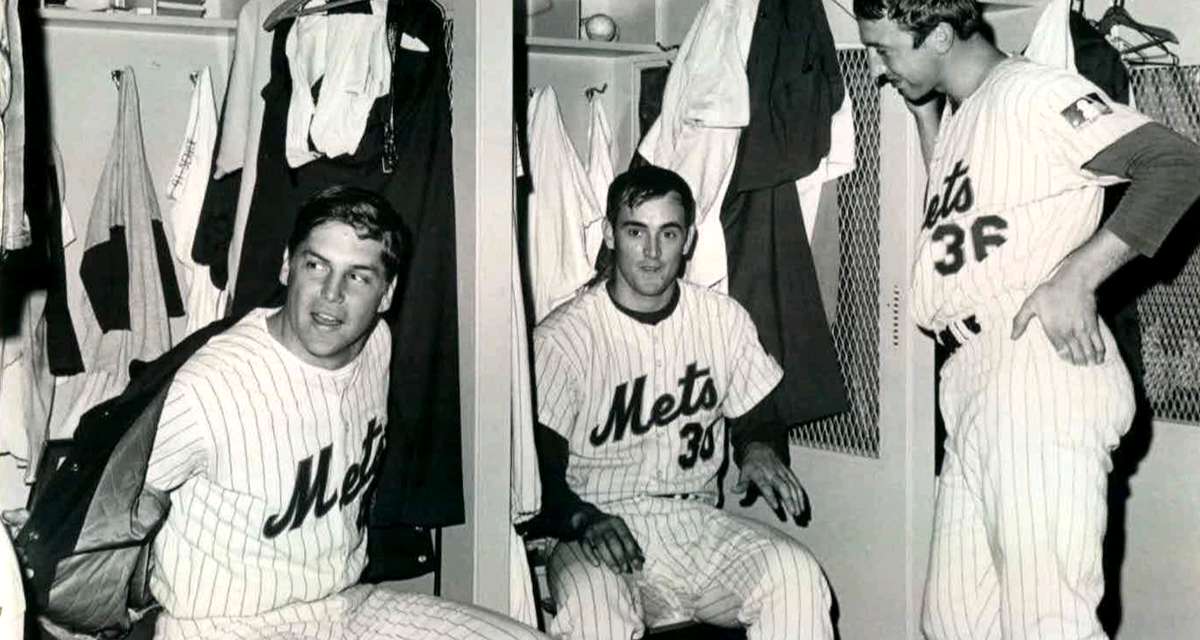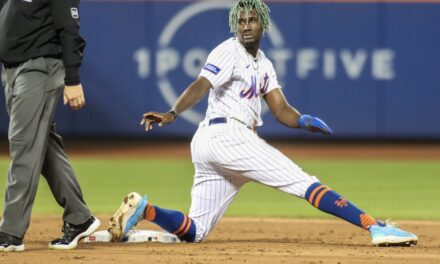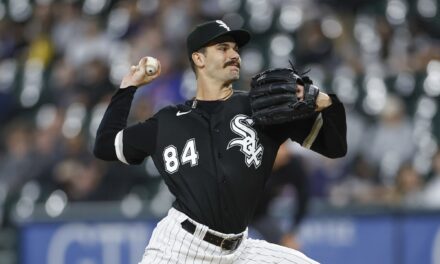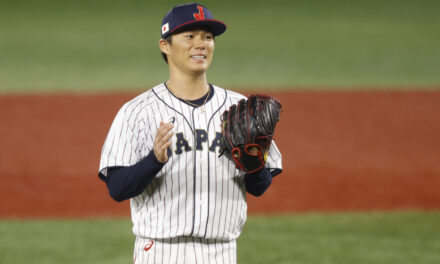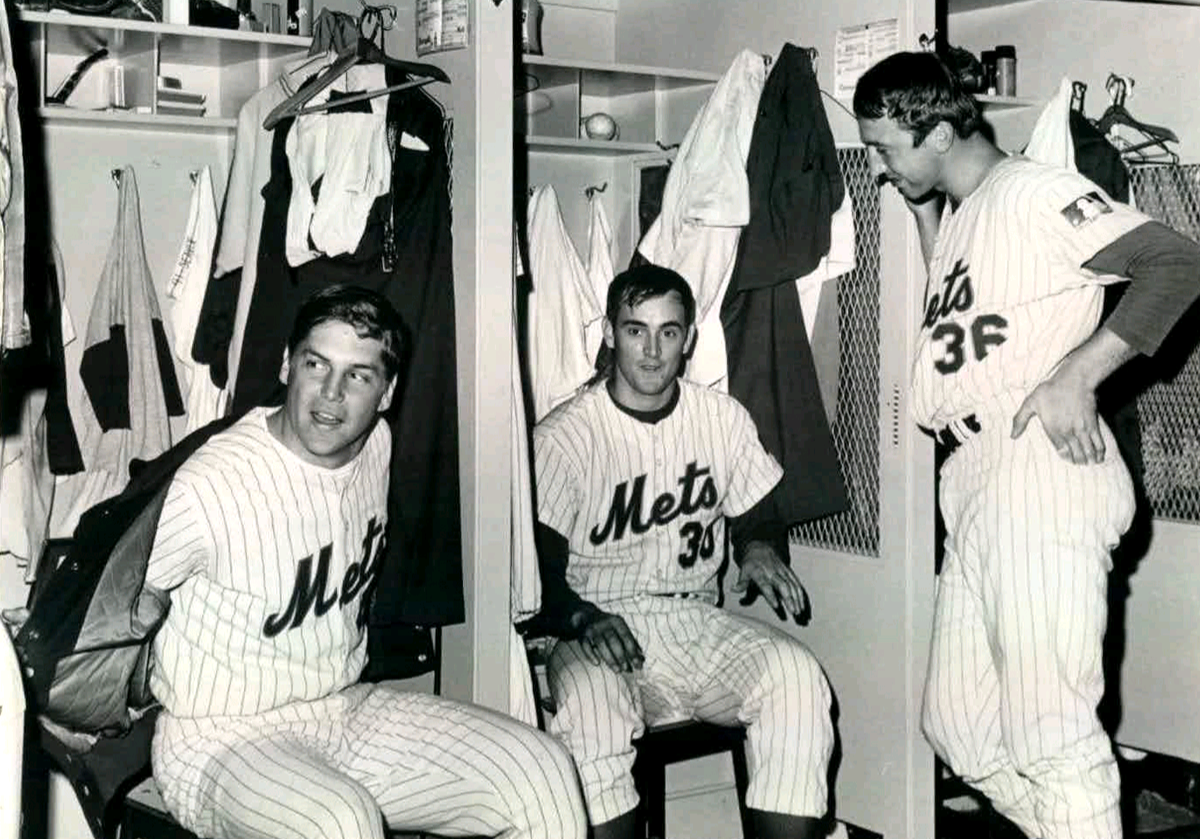
MMO Fan Shot by Julio Rivera
Although there is much debate as to when Major League Baseball teams permanently switched from a 4-man to 5-man rotation, the man that is perhaps most largely credited for initially employing a standard that has lasted for over 50 years is none other than former Dodgers standout and Mets Hall of Fame Manager, Gil Hodges.
In the final months of the magical 1969 season, Hodges decided to give his 4-man rotation of Tom Seaver, Jerry Koosman, Gary Gentry, and Don Cardwell, an extra bit of rest by running the marginally effective Jim McAndrew every 5th day. Going into his start on August 2nd McAndrew sported an ERA of 5.76. But Hodges had a hunch, and the rest is history. McAndrew would finish the regular season with an ERA of 3.47 by getting hot at the right time.
The results were legendary, and the unforgettable October of 1969 belonged to the Miracle Mets.
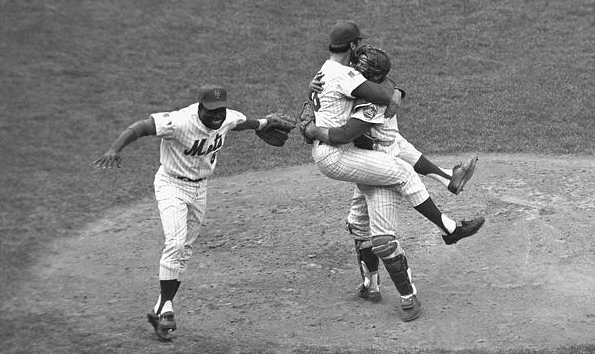
The team stormed through the playoffs with a 7-1 record (3-0 vs the Western Division Champion Atlanta Braves, 4-1 vs the American League Champion Baltimore Orioles) behind strong pitching that arrived in the postseason refreshed, in part due to the extra day of rest that the top of the rotation enjoyed in the home stretch of the regular season.
In the years after, mostly during the 1970s, 5-man starting rotations would become increasingly normalized, even as the role and responsibilities of the starter have changed, particularly in recent years. Yes, the horses of the past, names like former Met Nolan Ryan, and others of his generation routinely pitched into the 8th and 9th innings with nary a care for “pitch counts” and “innings limits.” Back in the days when all arms outside of Don Gullet’s and Tommy John’s (Pre-surgery) seemed to be bionic, pitchers were expected to take ownership of their turn in the rotation, and primarily log the innings that the franchise was depending on them for when their turn came up.
Now times have certainly changed, with the rise of elbow ligament injuries and the maxed-out fashion that pitches deliver their offerings.
Additionally, the out-of-control cost of starting pitching has also lent itself to holding back modern hurlers, who frankly, have not been conditioned to go 9 innings or throw 150 pitches.
So where does MLB go from here? The natural conclusion would be a move towards the installation of 6-man rotations across baseball, starting with the 2023 Mets.
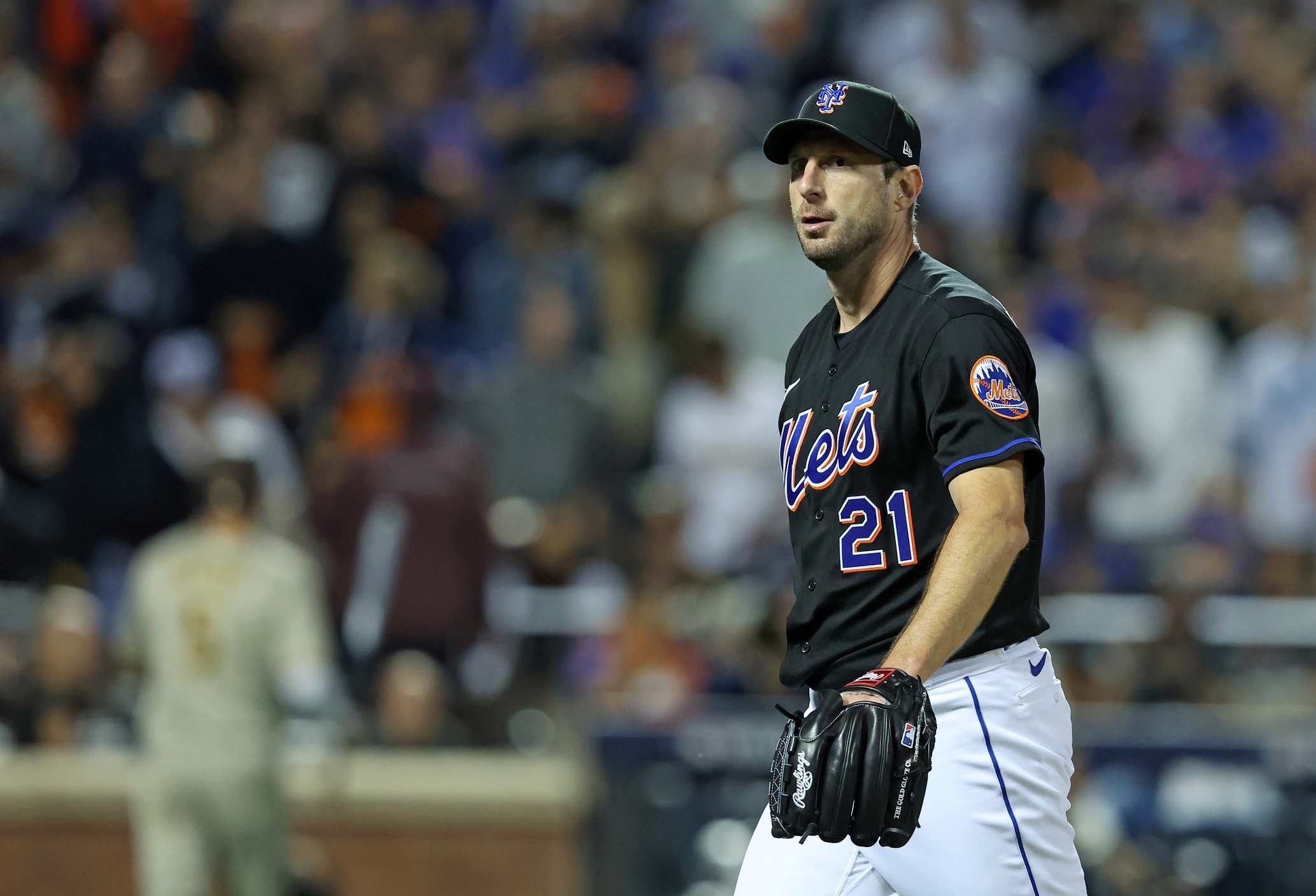
Credit: Brad Penner-USA TODAY Sports
The 1969 version of the Amazin’s were dealing with much younger starters at the top of the rotation than the current Mets will be running out there in 2023, as the 4 oldest projected starters for the team on Opening Day (Justin Verlander 40, Max Scherzer 38, Carlos Carrasco 36, Jose Quintana 33) will have an average age of 36.75 years, which is geriatric by MLB standards.
The projected 5th man in that group, newly signed Japanese phenom Kodai Senga, will be on the wrong side of 30 on Opening Day, and is accustomed to pitching only once a week during his 11-year professional career in Japan.
That is an obvious recipe for disaster for the most expensive roster in Major League history. But of course, the naysayers will talk about how “gamers” like Verlander and Scherzer are accustomed to pitching every 5th day, and that changing up that routine may affect their psyche. Well, tough! The fact is, even in his CY Young season last year, Verlander only threw 175 innings. During his previous 3 full seasons of play (2017 to 2019), Verlander averaged over 214 innings pitched per season. If you look at Max Scherzer you’ll find a similar decline, as in his last 3 seasons of over 30 starts (2016 to 2018), Mad Max averaged over 216 innings pitched per season. Max then averaged only 165 innings pitched per season over his last 3 full seasons, excluding the COVID year of 2020, including only 145 last year. These two pitchers will be a combined 78-years-old on opening day!
The likelihood is that this rotation does not possess an anchor that will throw over 200 innings next year. So, if they plan on making a deep run into the playoffs, the Mets are best off borrowing a page from the legendary Gil Hodges and thinking outside of the box for a method to keep their top starters fresh and not overworked for what will easily turn into a season of 36 or more starts, including the playoffs, in a 5-man rotation scenario.
So more simply stated, the Mets should squash the Cookie trade talk, insert former 1st round draft pick David Peterson into the rotation, and once again lead the way in resetting the standard for starting rotations in MLB. Regardless of the Carlos Correa signing and other moves, the team will only go as far as the starting pitching takes it.
Julio Rivera is a business and media strategist, and Editorial Director for Reactionary Times. His writing, which is focused on cybersecurity, politics, and sports, has been published by numerous websites and he is regularly seen on national and international television.


